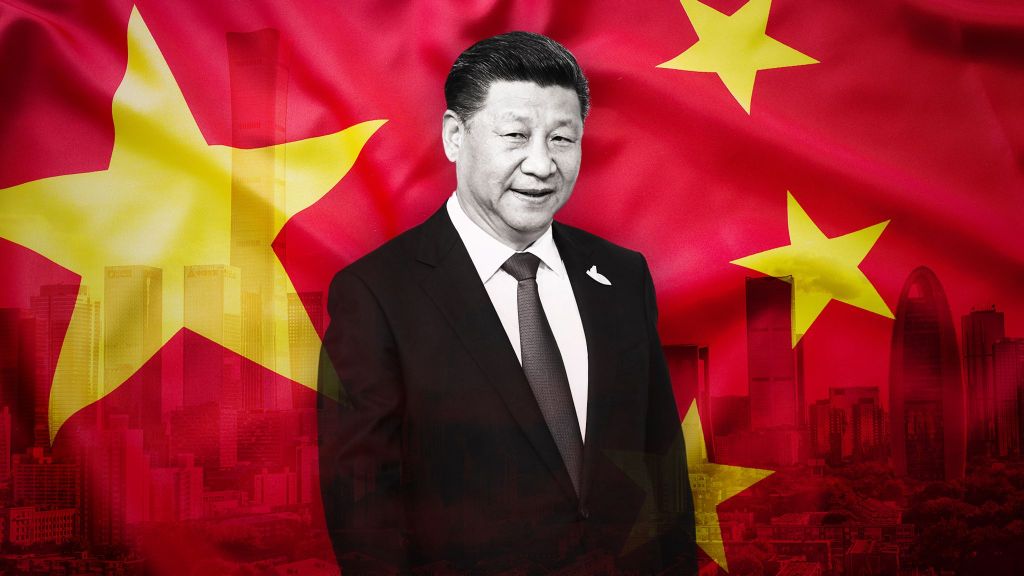
As the world closely watches China’s economic trajectory, speculation mounts over whether the nation will need to embark on substantial stimulus measures to bolster growth. The recent announcement of a 5 percent gross domestic product (GDP) growth target for China has been met with skepticism, with many questioning the feasibility of achieving such ambitious figures.
The Chinese economy experienced a 5.2 percent growth in 2023, largely fueled by a modest rebound in consumer spending following the containment of the COVID-19 pandemic. However, this momentum appears to be waning, overshadowed by persistent challenges such as subdued consumer confidence, local government deleveraging, industrial overcapacity, and capital outflows. Moreover, existing fiscal and monetary stimulus efforts have been deemed inadequate by many analysts.
Traditionally, China’s economic growth has been driven by sectors such as property, infrastructure, and manufacturing. Yet, each of these sectors now faces formidable obstacles. The property market continues to decline, with both home prices and sales plummeting. Meanwhile, infrastructure development is being curtailed as local governments grapple with mounting debt burdens, leading to the suspension of numerous projects across the country.
The shift towards manufacturing, particularly in sectors like solar and electric vehicles, has provided some impetus for growth. However, this pivot has resulted in an oversupply of manufactured goods, exacerbating deflationary pressures and squeezing industrial profit margins. Furthermore, China’s substantial manufacturing trade surplus has raised concerns internationally, with fears of cheap goods flooding global markets and triggering trade tensions.
In light of these challenges, the prospect of further stimulus measures looms large. Some economists advocate for fiscal expansion aimed at bolstering household income to stimulate consumption. However, others warn of the limitations of such an approach, citing concerns over the sustainability of China’s growth model and the potential risks of exacerbating debt levels.
A crucial factor that could compel Beijing to intensify stimulus efforts is the labor market. Despite official figures indicating stability, there are signs of strain, particularly as the real estate and construction sectors face contraction. A deterioration in the labor market could prompt policymakers to rethink their approach and consider more aggressive stimulus measures to support employment and economic activity.
For global investors eyeing opportunities in China, the current landscape presents a complex dilemma. While recent market rallies may offer some optimism, the risks remain pronounced. Chinese stocks, while not significantly cheaper than their global counterparts, are subject to greater volatility and regulatory uncertainty. As such, investors must tread cautiously, weighing the potential rewards against the inherent risks inherent in the Chinese market.
In conclusion, China stands at a pivotal juncture, grappling with economic headwinds that may necessitate significant policy interventions. The path forward remains uncertain, with the effectiveness of stimulus measures and the resilience of the Chinese economy hanging in the balance. As stakeholders continue to monitor developments, navigating China’s economic landscape demands vigilance, adaptability, and a keen understanding of the evolving dynamics shaping the world’s second-largest economy.